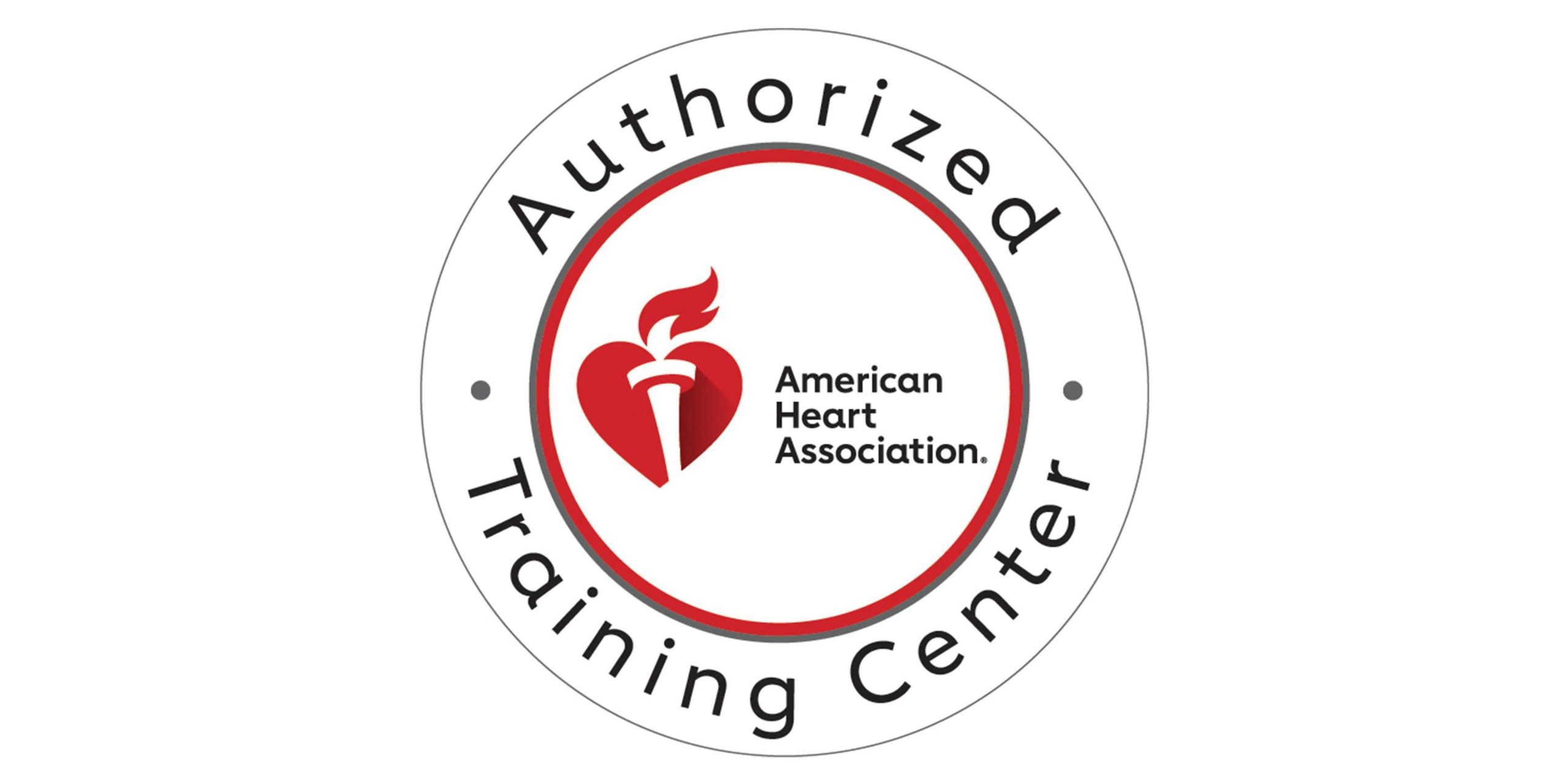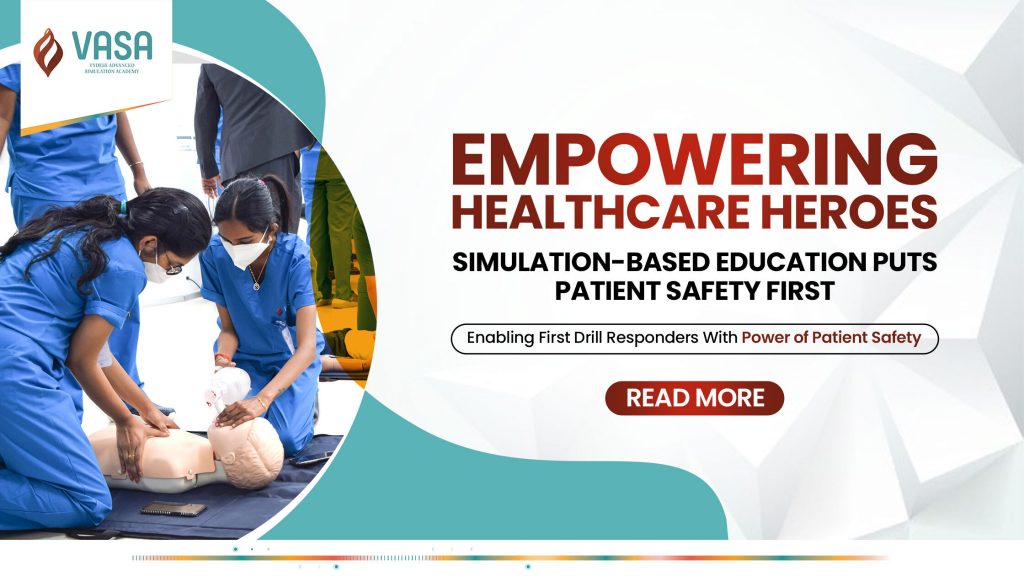Enabling First Drill Responders With Power of Patient Safety
In the ever-evolving landscape of healthcare, patient safety remains a paramount concern. The constant endeavor to enhance the quality of care and minimize risks has led to the emergence of innovative approaches. One such groundbreaking method gaining momentum is Simulation-Based Education (SBE), a powerful tool that significantly contributes to improving patient safety and quality of care.
Understanding Simulation-Based Education
Simulation-Based Education involves recreating real-life scenarios in a controlled environment, providing healthcare professionals with hands-on experience without jeopardizing patient safety. This educational approach utilizes advanced technology and lifelike mannequins to mimic various medical situations, allowing practitioners to refine their skills, enhance decision-making abilities, and improve overall patient outcomes.
Benefits of Simulation-Based Learning
- Realistic Scenario Replication: One of the primary advantages of Simulation-Based Education in healthcare is its ability to replicate real-life situations with unparalleled accuracy. Practitioners can engage in scenarios ranging from routine procedures to rare emergencies, enabling them to familiarize themselves with different situations and respond effectively.
- Enhanced Decision-Making Skills: Simulation exercises provide a platform for healthcare professionals to make critical decisions in a risk-free environment. This helps in honing their decision-making skills, allowing them to respond promptly and appropriately when faced with similar situations in real-life settings. Improved decision-making is directly correlated with enhanced patient safety.
- Bridging the Gap Between Theory and Practice: While theoretical knowledge is essential, the application of that knowledge is equally crucial in healthcare. Simulation-Based Education acts as a bridge between theoretical learning and practical application, ensuring that practitioners are well-prepared and confident when delivering patient care.
Benefits of Simulation in Healthcare
- Patient Handling and Safety Goals: Patient handling is a delicate aspect of healthcare that directly impacts patient safety. Simulation-Based Education addresses this by training healthcare professionals in proper patient handling techniques, reducing the risk of injuries to both patients and practitioners. Achieving patient safety goals becomes more attainable when practitioners are well-versed in handling diverse patient scenarios.
- Cultivating a Culture of Safety: A culture of safety is essential in healthcare settings, and Simulation-Based Education plays a pivotal role in cultivating such an environment. Through simulated scenarios, healthcare teams can practice effective communication, teamwork, and error mitigation strategies, fostering a culture that prioritizes patient safety and continuous improvement.
- Quality Improvement in Healthcare: Improving patient safety and the quality of care go hand in hand. Simulation-Based Education identifies areas for improvement, allowing healthcare professionals to refine their skills and procedures. This continuous cycle of learning and improvement positively impacts patient outcomes and contributes to the overall advancement of healthcare quality.
Simulation Training in Healthcare
- Tailored Training Programs: Simulation training in healthcare is versatile and can be tailored to meet the specific needs of different healthcare disciplines. Whether it’s emergency room scenarios, surgical procedures, or patient interactions, simulation training ensures that practitioners receive customized education relevant to their specialties.
- Increased Confidence Among Practitioners: Confidence is a crucial component of effective healthcare delivery. Simulation-Based Education instills confidence in healthcare professionals by providing them with the opportunity to practice and refine their skills in a controlled environment. This increased confidence translates into better performance and, consequently, improved patient safety.
- Cost-Effective Learning: Traditional methods of training often involve high costs associated with potential risks and errors. Simulation-Based Education mitigates these costs by allowing practitioners to make mistakes in a controlled setting without jeopardizing patient safety. This cost-effective learning approach benefits both healthcare institutions and the professionals they employ.
Conclusion
In conclusion, Simulation-Based Education stands out as a revolutionary approach in healthcare education, significantly contributing to the improvement of patient safety and the overall quality of care. The benefits of simulation in healthcare, from realistic scenario replication to enhanced decision-making skills and the cultivation of a culture of safety, make it an indispensable tool for healthcare professionals striving to provide the best possible care to their patients.
As the first drill responders in patient safety, healthcare practitioners equipped with simulation-based learning are better prepared to handle the complexities of real-life medical situations. Through continuous training and improvement, simulation-based education ensures that healthcare teams are at the forefront of delivering safe, high-quality care in an ever-evolving healthcare landscape. By embracing the benefits of simulation in healthcare, we take a significant step toward achieving patient safety and quality improvement goals in the healthcare industry.
Frequently Asked Questions
- What are the responsibilities of patient safety?Ans: Patient safety entails prioritizing the well-being of individuals during healthcare procedures. Simulation-Based Education equips healthcare professionals to handle diverse scenarios, promoting effective patient handling and achieving safety goals through enhanced skills and a culture of safety.
- What is the priority of patient safety?
Ans: The foremost priority is ensuring the well-being of patients. Through Simulation-Based Education, healthcare practitioners develop enhanced decision-making skills and a culture of safety, placing patient safety at the forefront and continually striving to improve the quality of care. - What are the first steps for patient safety?
Ans: The initial steps involve embracing Simulation-Based Learning, bridging the gap between theory and practice. This includes realistic scenario replication, cultivating a culture of safety, and training in effective patient handling—all integral components for the first drill responders committed to improving patient safety.




